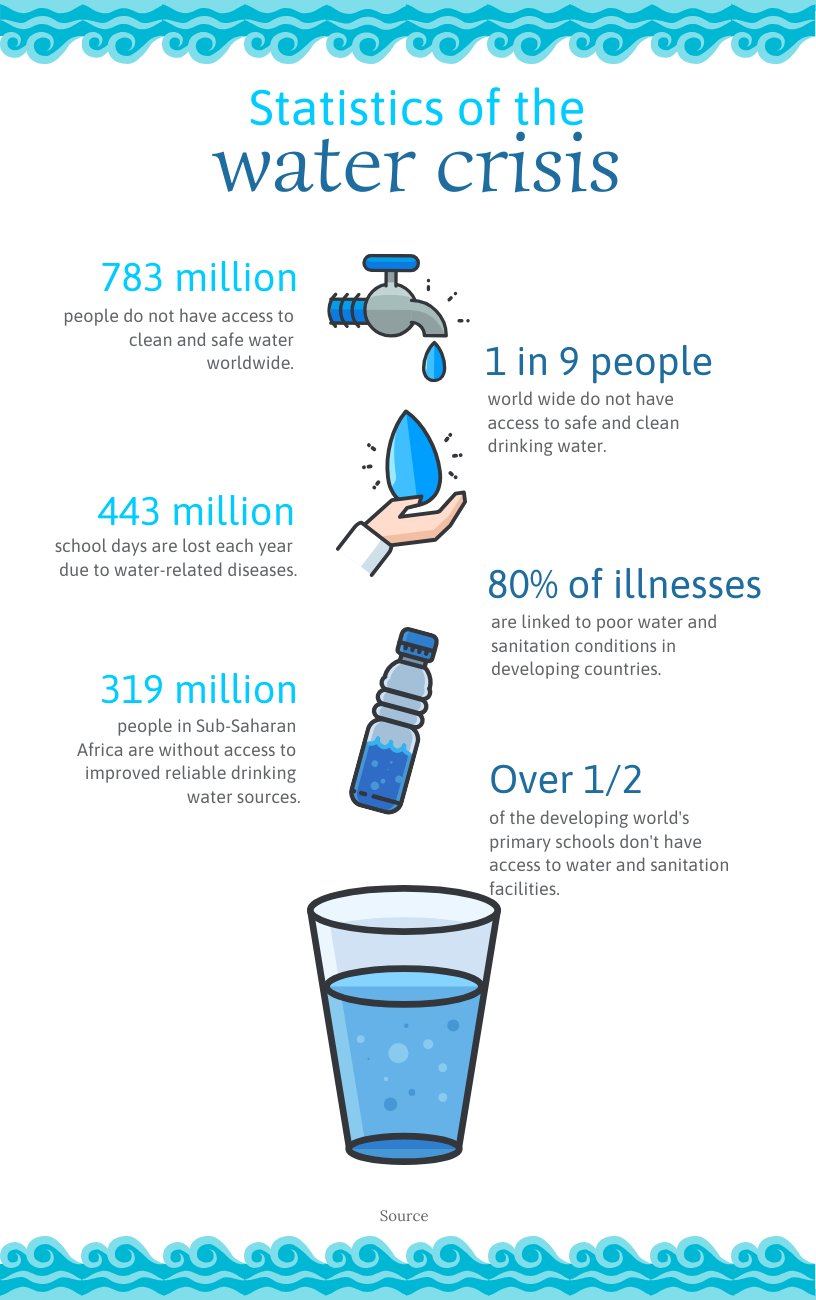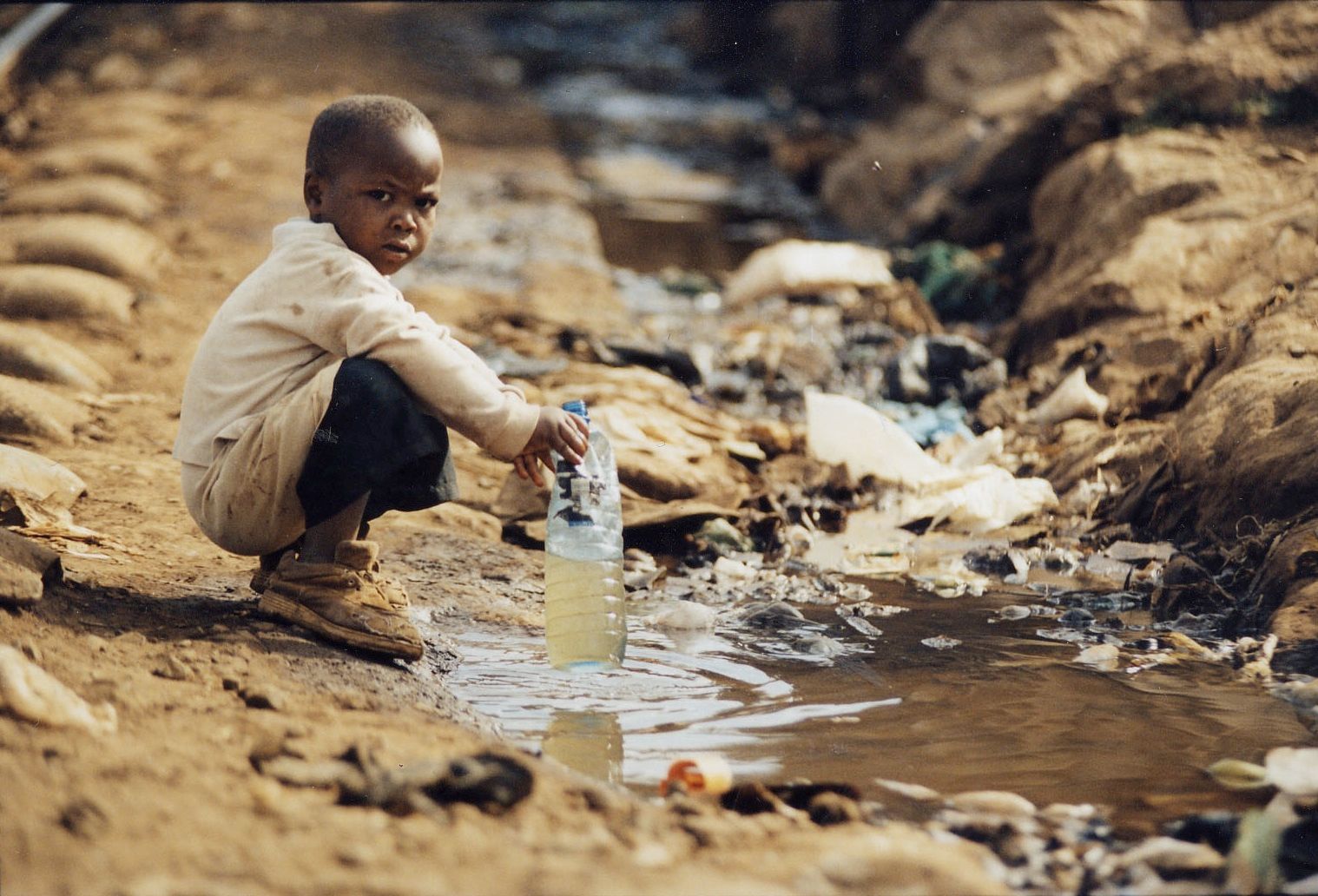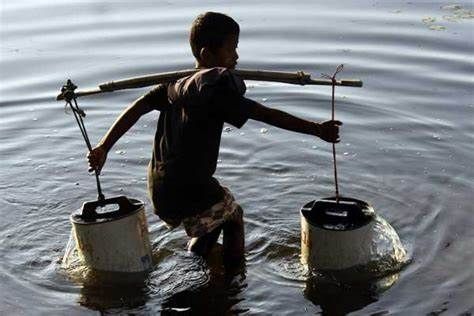
-
Problem of water in the world
-

.jpg) !
! -
.jpg)
.jpg)
-

_1715250366724.jpg)
.jpg)
-
Its our life
"Empowering students through engaging education, fostering environmental consciousness, and advancing scientific literacy. Committed to shaping future leaders in Life and Earth Sciences."
-
As the factors driving water scarcity are complex and vary widely across countries and regions, UNICEF works at multiple levels to introduce context-specific technologies that increase access to safe water and address the impacts of water scarcity. We focus on:
Identifying new water resources: We assess the availability of water resources using various technologies, including remote sensing and geophysical surveys and field investigations.
Improving the efficiency of water resources: We rehabilitate urban water distribution networks and treatment systems to reduce water leakage and contamination, promoting wastewater reuse for agriculture to protect groundwater.
Planning for urban scarcity: We plan for future water needs by identifying available resources to reduce the risk of cities running out of water.
Expanding technologies to ensure climate resilience: We support and develop climate-resilient water sources, including the use of deeper groundwater reserves through solar-powered water networks. We also advance water storage through small-scale retention structures, managed aquifer recharge (where water is pumped into underground reserves to improve its quality), and rainwater harvesting.
Changing behaviours: We work with schools and communities to promote an understanding of the value of water and the importance of its protection, including by supporting environmental clubs in schools.
Planning national water needs: We work with key stakeholders at national and sub-national levels to understand the water requirements for domestic use and for health and sanitation, and advocate to ensure that this is reflected in national planning considerations.
Supporting the WASH sector: We develop technical guidance, manuals and online training programmes for WASH practitioners to improve standards for water access.
from UNICEF:
https://www.unicef.org/wash/water-scarcity#:~:text=Over two billion people live in countries where,be displaced by intense water scarcity by 2030. -
It's a subject that affects the Central African continent enormously.
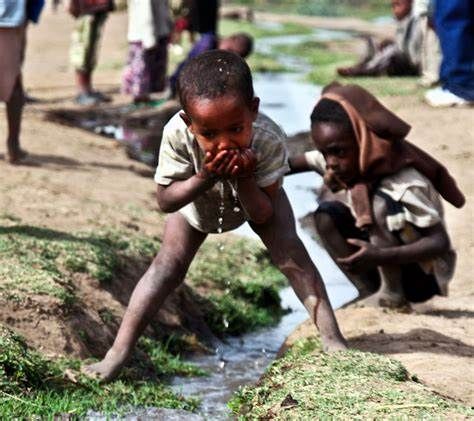
_1715259038473.jpg)
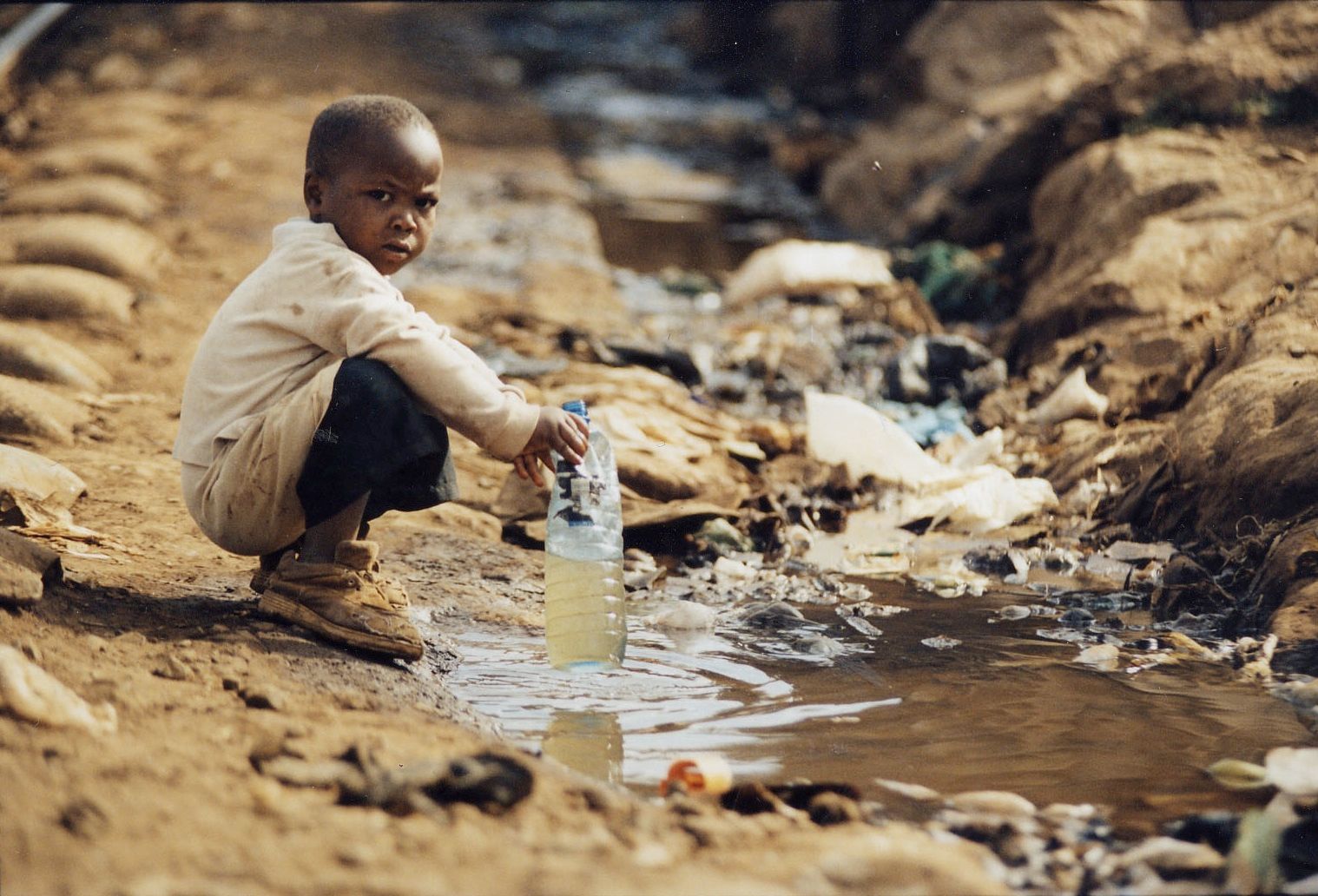
-
@Bousl2336873cb4 said in Problem of water in the world:
Re: Activities for teaching about Climate Change
Droughts and climatic variability aggravate the vulnerability of the continent and make sustainable water resources development a real challenge. Inadequate levels and coverage of water services plague both urban and rural communities, with attendant health risks.
Author: Lekan Oyebande
Publish Year: 2001 -
Here are 3 ways tech can improve access to freshwater
he climate crisis is increasing water scarcity around the world.More than a quarter of the global population, 2.3 billion people, live in water-stressed countries, according to the United Nations. When a territory uses 25% or more of its renewable freshwater resources it is classified as water-stressed.
A worsening global water crisis
Freshwater systems around the world are increasingly under threat from global warming, with average temperatures continuing to rise and droughts getting more intense.In its Sustainable Development Goals Report 2022 the UN outlines the human impact on freshwater systems: “decades of misuse, poor management, over extraction of groundwater and contamination of freshwater supplies have exacerbated water stress and deteriorated water-related ecosystems”.
-
- Floating solar stills
Solar still technology that uses sunlight to purify water is nothing new. But UAE-based start-up Manhat has given it a 21st century update, developing a device that produces zero-emissions or brine. Floating on the ocean surface, it collects the freshwater evaporated by the sun’s rays. The salt removed from the seawater is then deposited back into the sea.
The company is looking to use the technology to provide irrigation for floating farms. The few already in use around the world all depend on groundwater, or water from desalination plants that negatively impact the environment, it says.
However, Manhat’s current prototype can only produce 1.5 litres of freshwater a day, according to CNN. Its goal is to eventually produce 20 litres.
“We have to accept the fact that seawater should be a key player in providing freshwater,” the company’s founder Dr Saeed Alhassan Alkhazraji told CNN. “We need to have a solution that will minimize CO2 emissions and eliminate brine altogether.”
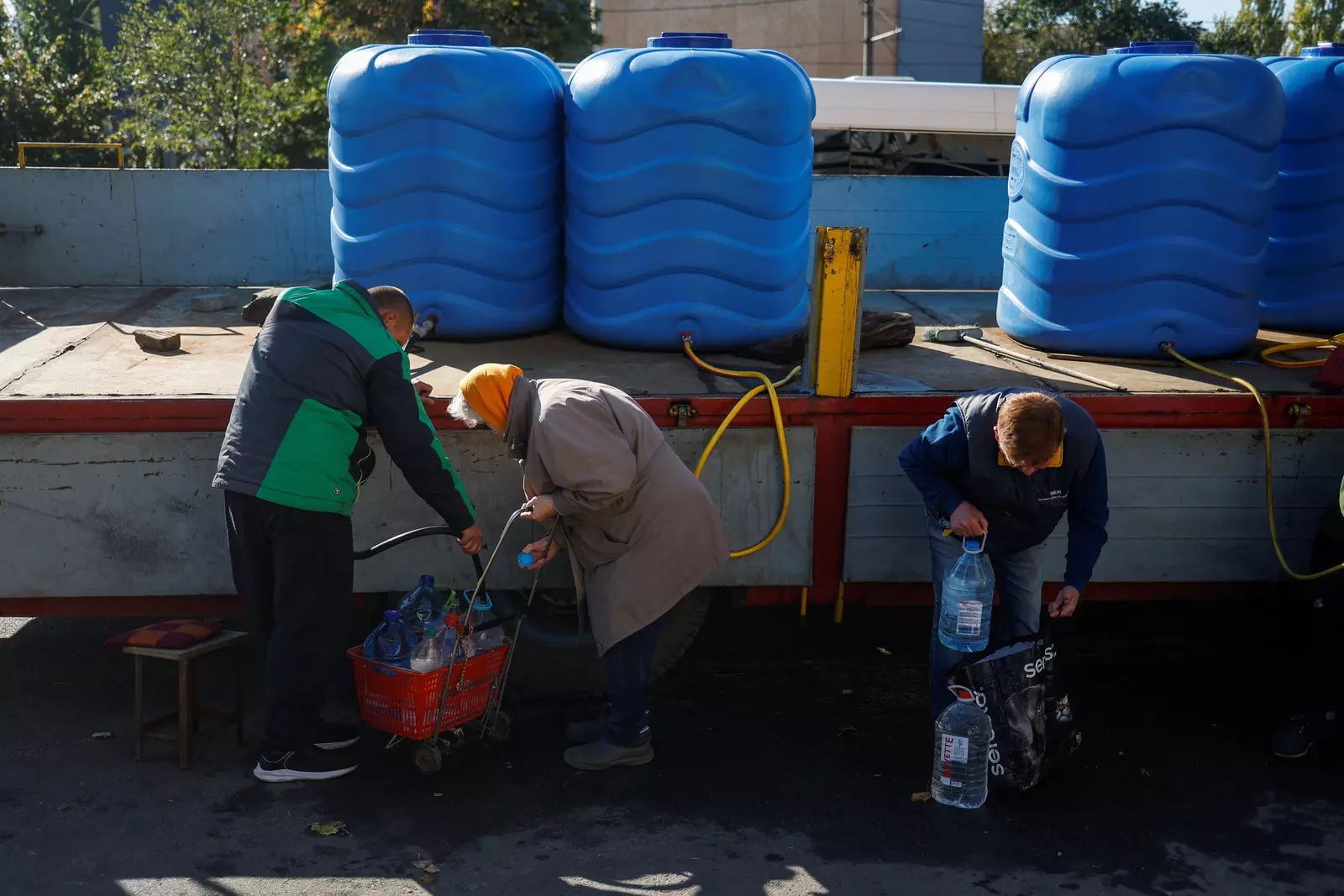
2. Water harvesting hydrogels
Hydrogels have long been used in nappies and other personal hygiene products to absorb moisture. However, a team of researchers at the University of Texas have been experimenting with a specially developed hydrogel they say can extract large amounts of freshwater from the air, according to Phys.org.The presence of a hygroscopic salt increases the moisture uptake of the gel. In 24 hours it was possible to extract nearly 6 litres of freshwater per kilo of material from air that contained 30% relative humidity, the research team says.
They believe further development of these next-generation “polyzwitterionic hydrogels” could help with access to freshwater in many parts of the world. “Atmospheric water harvesting is regarded as one of the promising strategies for freshwater production desirable to provide sustainable water for landlocked and arid regions,” the team says.
3. Using tech to fight algae
The increasing growth of toxic algae blooms in lakes is depriving millions of people of access to freshwater each year. It’s caused by a process called eutrophication when nitrogen and phosphorus used in agriculture and industry builds up in water bodies, changing entire ecosystems.Dutch algae-control company LG Sonic has launched a non-profit organization called FutureProofLakes on a mission to conserve the ecosystems of the world’s lakes. It has developed solar-powered ultrasound transmitters which prevent algae blooms forming using soundwaves.
The project also uses satellite imagery and algorithms to collect real-time data on the quality of lakes around the world, identifying affected ecosystems before harmful algae blooms take hold.
- Floating solar stills
-

Water-related crises around the world show that current systems of water management are unsuited for a world altered by global warming.
Water-use restrictions, power cuts and other stopgap measures are no longer fit for purpose.
The task now is to understand the links between water, climate change and biodiversity loss, and to properly govern water as a global common good.
The world needs to clearly define its plans, as this will help governments steer innovation and knowhow towards meeting critical goals.
The floods, droughts, heatwaves, and fires that are devastating many parts of the world underscore two fundamental facts. First, damage to freshwater supplies is increasingly straining human societies, especially the poor, with far-reaching implications for economic, social, and political stability. Second, the combined impact of today’s extreme conditions are unprecedented in human history, and are overwhelming policymakers’ ability to respond.In East Africa, a devastating four-year drought has destroyed millions of livelihoods and left more than 20 million people at risk of starvation. In Pakistan, recent flooding has submerged one-third of the country, killing at least 1,500 people so far and wiping out 45% of this year’s crops. In China, an unprecedented heatwave has caused acute water shortages in regions that account for one-third of the country’s rice production.
Moreover, droughts and fires in the United States and Europe, and severe floods and droughts across India, have reduced global grain yields and food exports, highlighting the extent to which our food production depends on large, stable volumes of water. Add to this the impact of the war in Ukraine on grain and fertilizer supplies, and there is a substantial risk that today’s global food crisis will persist.
For the first time in our history, human activities are jeopardizing water at its very source. Climate change and deforestation are reshaping the monsoon season, causing ice on the Tibetan plateau to melt, and affecting freshwater supplies to more than one billion people. Rising global temperatures are changing evaporation patterns and reducing moisture feedback from forests, disrupting downwind rainfall. And a destabilized global water cycle is itself aggravating climate change. For example, the depletion of water in the soil and forests is reducing their ability to sequester carbon.
Water-use restrictions, power cuts, and other stopgap measures can no longer paper over the fact that our water governance and management systems are not suited for a world of radical environmental change. All our current arrangements rest on the assumption, now invalidated, that the water supply is relatively stable (within the bounds of natural variability), predictable, and manageable in localized ways. But the water crisis is global, and it can be solved only with transformational thinking and new governance.
We must recognize that all our key environmental challenges are connected to water – whether there is too much or too little, or whether it is too polluted for human use. The task now is to understand the links between water, climate change, and biodiversity loss, and to properly define, value, and govern water as a global common good. Thinking about water in this way will allow us to mobilize collective action and design new rules that put equity and justice at the center of our response.
For too long, most governments have either ignored market failures or responded to them with quick fixes, rather than mobilizing the public and private sectors around common ambitions. The public sector must see itself as a market shaper that works with all stakeholders in the water economy to create pathways for innovation and investment, ensure universal access to clean water and sanitation, and provide enough water for food, energy, and natural systems.
A key lesson from past challenges that demanded systemic innovation is that a clearly defined mission is needed to organize our efforts. Mission-oriented policies allow governments to steer innovation and knowhow directly toward meeting critical goals. When guided by an inclusive “common-good” approach, they are uniquely capable of delivering solutions to challenges that require tremendous levels of coordination and financing across many years. Climate change, biodiversity loss, and water crises are precisely such challenges.
Mission-based strategies can help governments innovate with purpose, direction, and urgency. But to be effective, policymakers must heed the experience and wisdom of the ordinary citizens, communities, and innovators who know how to prosper in a world of water scarcity, higher temperatures, and altered coastline and river systems.
We must now recognize threats to the global freshwater system and translate our awareness into collective action. Because water scarcity will jeopardize all the other Sustainable Development Goals, it should solidify our collective determination to limit temperature increases to 1.5° Celsius above pre-industrial levels (as specified in the Paris climate agreement), and to preserve the natural systems that ensure stable rainfall and runoff patterns.
DISCOVER
-
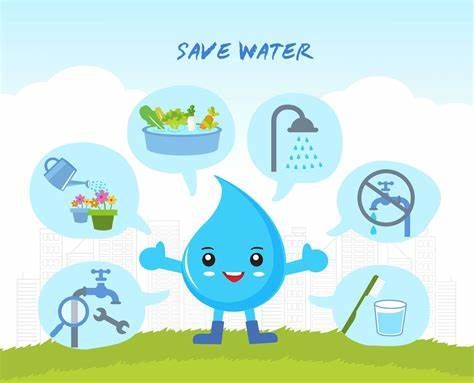 Here are some simple ideas to address water-related issues globally:
Here are some simple ideas to address water-related issues globally:-
Rainwater Harvesting: Encourage the collection of rainwater through simple systems like rain barrels or more complex setups like rooftop collection systems. This water can be used for non-potable purposes like gardening, cleaning, or even filtered for drinking in some cases.
-
Community Wells: Establish community wells in areas where access to clean water is limited. These wells can be maintained and managed collectively, ensuring sustainable access to water for local populations.
3.Water Conservation Education: Implement education programs on water conservation in schools, communities, and workplaces. Simple habits like fixing leaks, taking shorter showers, and turning off taps when not in use can make a significant difference.
-
Water Filtration Stations: Install water filtration stations in areas with contaminated water sources. These stations can provide clean drinking water by filtering out harmful contaminants.
-
Efficient Irrigation Techniques: Promote the use of drip irrigation and other efficient watering techniques in agriculture to reduce water wastage and increase crop yield.
-
Desalination Plants: Invest in desalination plants in coastal areas to turn seawater into freshwater, addressing water scarcity in regions with limited freshwater resources.
-
Afforestation: Support tree planting initiatives to increase forest cover. Trees help prevent soil erosion, maintain water cycles, and improve water quality by filtering pollutants.
-
Waste Water Treatment: Upgrade and expand wastewater treatment facilities to ensure that wastewater is properly treated before being discharged back into the environment, reducing pollution and preserving water quality.
-
Water Infrastructure Maintenance: Invest in the maintenance and repair of water infrastructure such as pipes, pumps, and reservoirs to prevent leaks and ensure efficient water distribution.
-
Policy and Regulation: Implement and enforce policies and regulations aimed at protecting water sources, conserving water resources, and promoting sustainable water management practices at local, national, and international levels.

-
-
 Here are some simple ideas to address water-related issues globally:
Here are some simple ideas to address water-related issues globally:-
Rainwater Harvesting: Encourage the collection of rainwater through simple systems like rain barrels or more complex setups like rooftop collection systems. This water can be used for non-potable purposes like gardening, cleaning, or even filtered for drinking in some cases.
-
Community Wells: Establish community wells in areas where access to clean water is limited. These wells can be maintained and managed collectively, ensuring sustainable access to water for local populations.
3.Water Conservation Education: Implement education programs on water conservation in schools, communities, and workplaces. Simple habits like fixing leaks, taking shorter showers, and turning off taps when not in use can make a significant difference.
-
Water Filtration Stations: Install water filtration stations in areas with contaminated water sources. These stations can provide clean drinking water by filtering out harmful contaminants.
-
Efficient Irrigation Techniques: Promote the use of drip irrigation and other efficient watering techniques in agriculture to reduce water wastage and increase crop yield.
-
Desalination Plants: Invest in desalination plants in coastal areas to turn seawater into freshwater, addressing water scarcity in regions with limited freshwater resources.
-
Afforestation: Support tree planting initiatives to increase forest cover. Trees help prevent soil erosion, maintain water cycles, and improve water quality by filtering pollutants.
-
Waste Water Treatment: Upgrade and expand wastewater treatment facilities to ensure that wastewater is properly treated before being discharged back into the environment, reducing pollution and preserving water quality.
-
Water Infrastructure Maintenance: Invest in the maintenance and repair of water infrastructure such as pipes, pumps, and reservoirs to prevent leaks and ensure efficient water distribution.
-
Policy and Regulation: Implement and enforce policies and regulations aimed at protecting water sources, conserving water resources, and promoting sustainable water management practices at local, national, and international levels.

-
-
@Bousl2336873cb4
Water pollution can stem from various sources, both natural and human-induced. Here are some common reasons for water pollution:1.Industrial Discharges: Industries often release pollutants such as chemicals, heavy metals, and toxins directly into water bodies. These pollutants can come from manufacturing processes, waste disposal, or accidental spills.
-
Agricultural Runoff: Pesticides, fertilizers, and animal waste from agricultural activities can contaminate water sources. Rainwater washes these pollutants into rivers, lakes, and groundwater, causing pollution.
-
Sewage and Wastewater: Improperly treated or untreated sewage and wastewater from households, industries, and sewage treatment plants can introduce harmful bacteria, viruses, and chemicals into water bodies.
-
Oil Spills: Accidental or deliberate oil spills from ships, offshore drilling rigs, or pipelines can coat water surfaces, harming aquatic life, and disrupting ecosystems.
-
Plastic Pollution: Plastics, including microplastics, are a significant concern in water bodies. They can leach harmful chemicals, entangle aquatic animals, and be ingested by marine life, leading to serious health issues.
-
Urban Runoff: Urban areas produce runoff from roads, parking lots, and rooftops, carrying pollutants like heavy metals, oil, grease, and litter into waterways.
-
Mining Activities: Mining operations can release pollutants such as heavy metals, sulfur compounds, and acidic drainage into water bodies, contaminating them and making them unsuitable for human consumption and aquatic life.
-
Atmospheric Deposition: Airborne pollutants can settle on the water surface through precipitation, also known as acid rain, which can introduce acids and other harmful substances into water bodies.
-
Global Warming: Climate change can exacerbate water pollution by altering precipitation patterns, increasing the frequency and severity of storms, and raising water temperatures, which can affect aquatic ecosystems and the spread of pollutants.
Addressing water pollution requires comprehensive efforts, including regulatory measures, technological advancements in waste treatment, public awareness campaigns, and sustainable practices in industries and agriculture.

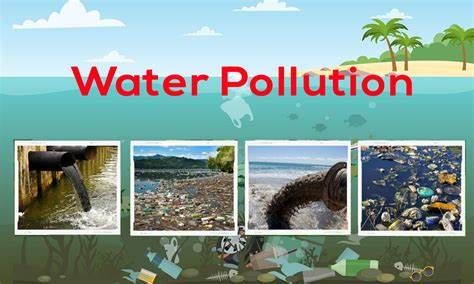 
 -
-
Students can play a crucial role in conserving drinking water around the world through education, advocacy, and practical actions. Here are some ways they can contribute:
-
Education and Awareness: Students can educate themselves and others about the importance of water conservation, the water cycle, and the impact of water scarcity on communities and ecosystems. They can organize workshops, seminars, or awareness campaigns in their schools and communities to spread knowledge about water conservation.
-
Behavioral Changes: Students can adopt water-saving habits in their daily lives, such as taking shorter showers, turning off faucets when not in use, fixing leaks, and using water-efficient appliances. They can encourage their peers, families, and communities to do the same.
-
Advocacy and Policy: Students can advocate for policies and practices that promote water conservation at local, national, and international levels. This could involve writing letters to government officials, participating in rallies or protests, or joining environmental organizations focused on water issues.
-
Water Recycling and Reuse: Students can promote the use of recycled or harvested rainwater for non-potable purposes such as gardening, flushing toilets, or cleaning. They can also support initiatives to reclaim and treat wastewater for safe reuse.
-
Community Projects: Students can initiate or participate in community projects aimed at conserving water, such as installing water-saving devices in public buildings, planting drought-resistant gardens, or organizing clean-up events to protect water sources from pollution.
-
Research and Innovation: Students can engage in research projects to explore innovative solutions for water conservation, such as developing new technologies for efficient irrigation, designing eco-friendly water filters, or studying the impact of climate change on water resources.
-
Partnerships and Collaboration: Students can collaborate with local businesses, NGOs, and government agencies working on water conservation initiatives to maximize their impact. They can also partner with schools in other regions or countries to exchange ideas and best practices.
By taking these actions, students can contribute to a more sustainable future where access to clean drinking water is safeguarded for all.

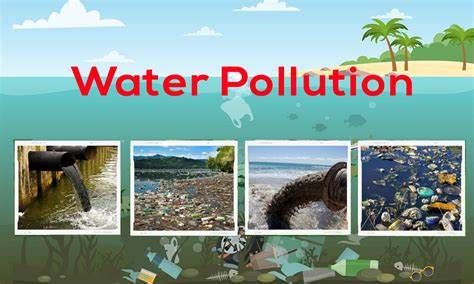
.jpg)
-
-
One simple idea to conserve water daily is to fix any leaks in faucets, pipes, or toilets in your home. Even small leaks can waste a significant amount of water over time. Regularly check for leaks and promptly repair them to prevent unnecessary water loss. Additionally, you can reduce water usage by taking shorter showers, turning off the tap while brushing your teeth or washing dishes, and only running the dishwasher or washing machine with full loads. These small adjustments can add up to significant water savings over time.
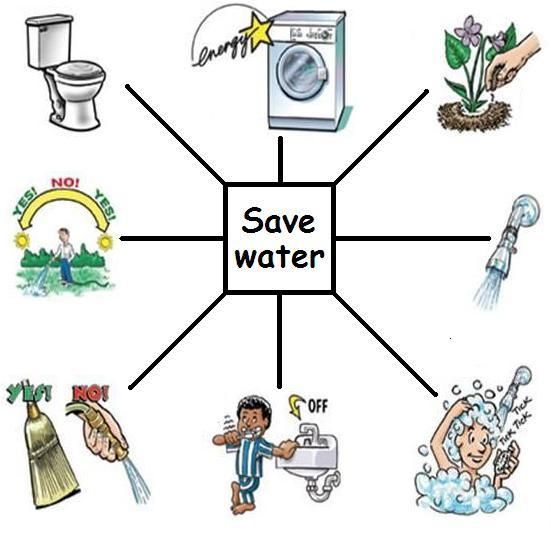
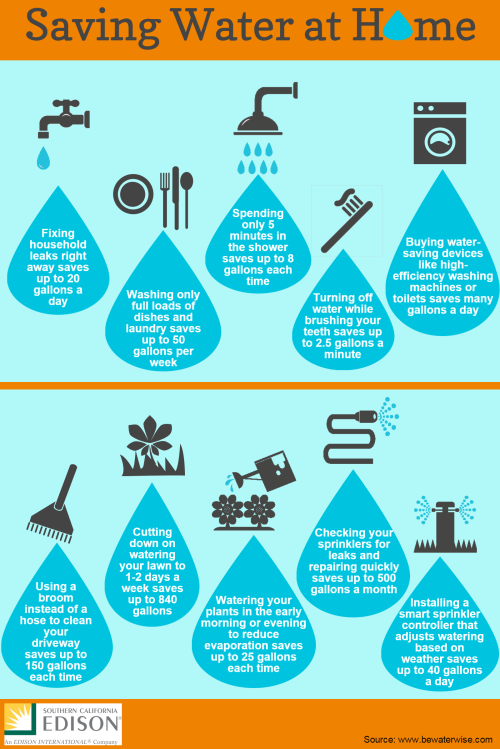
"Empowering students through engaging education, fostering environmental consciousness, and advancing scientific literacy. Committed to shaping future leaders in Life and Earth Sciences."
-
hat they are the continents most affected by the shortage of drinking water in the world
-
@MERIA2fb03b24d1
The continents most affected by the shortage of drinking water vary depending on numerous factors including population density, climate conditions, water management policies, and infrastructure development. However, regions in Africa and Asia are often cited as experiencing some of the most severe challenges regarding access to clean drinking water.In Africa, countries in the sub-Saharan region face significant water scarcity issues due to a combination of factors including rapid population growth, insufficient infrastructure, and climate change impacts such as droughts. Many communities in countries like Ethiopia, Somalia, Sudan, and Niger struggle to access safe drinking water on a daily basis.
Similarly, parts of Asia, particularly in South Asia and the Middle East, also contend with acute water scarcity problems. Countries like India, Pakistan, Bangladesh, and parts of the Middle East face challenges due to high population densities, agricultural demands, and overexploitation of water resources.
Efforts to address water scarcity in these regions often involve a combination of water conservation measures, infrastructure development, sustainable management practices, and international cooperation.

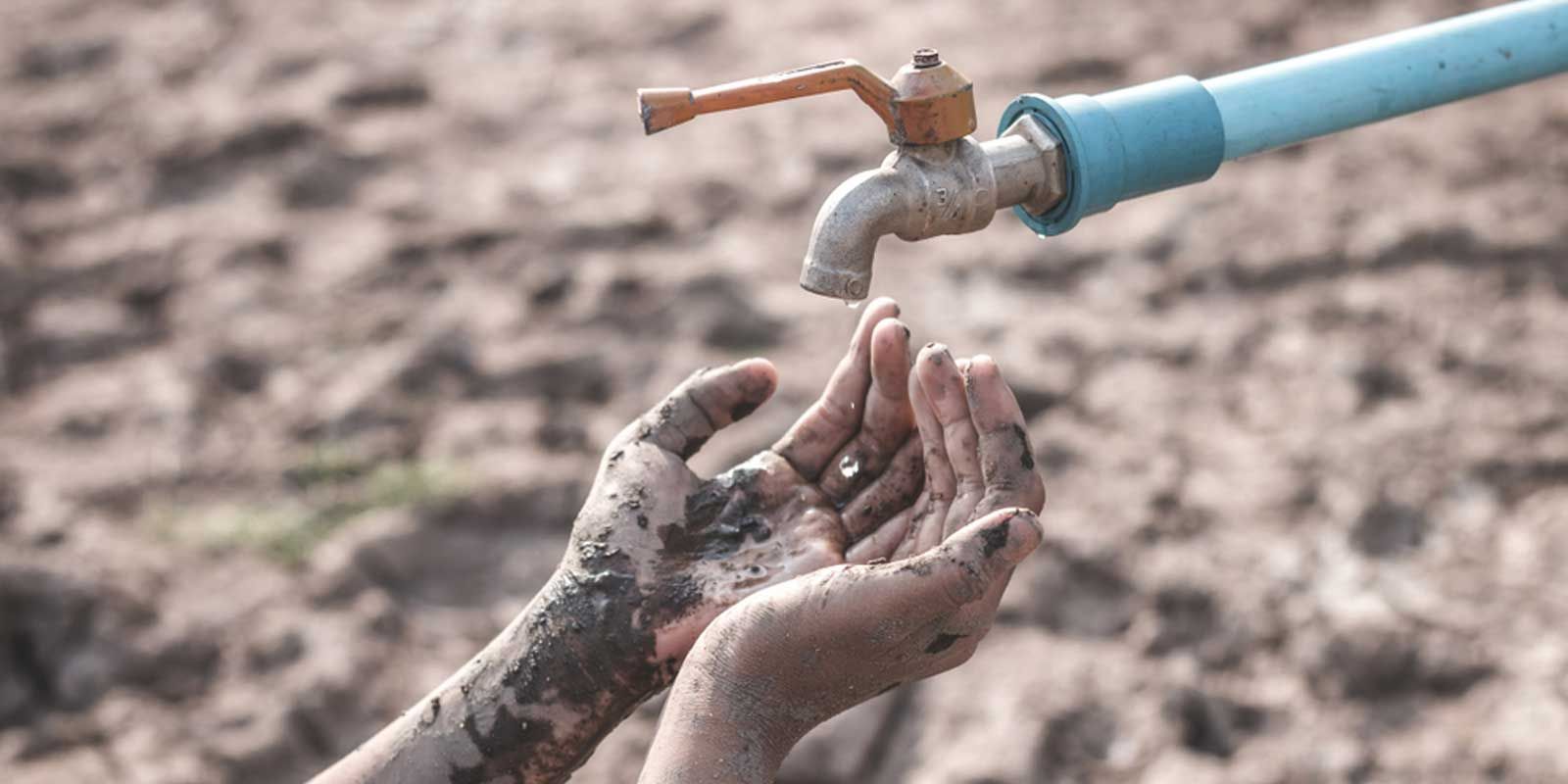
"Empowering students through engaging education, fostering environmental consciousness, and advancing scientific literacy. Committed to shaping future leaders in Life and Earth Sciences."
-
how wars contribute to water pollution?
